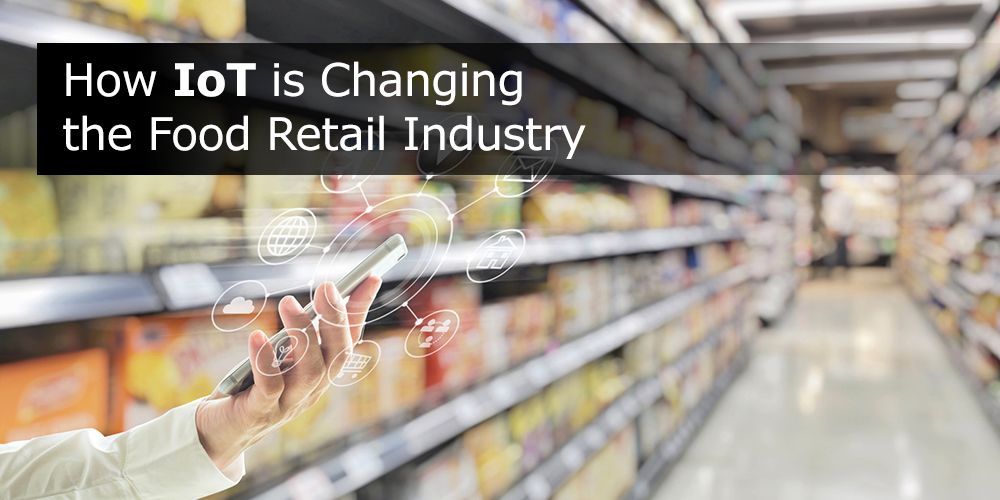68% of people believe that in the next ten years, smart-homes will become as common as smartphones are today.
The Internet of Things (IoT) is here to stay. Rather than fearing technology, people are rushing to benefit from the personalized service that it can provide for them.
In the 2018 thanksgiving holiday season, home smart app Alexa was the number selling product on Amazon. Not only in the US but globally, from any manufacturer, in any category.
If you are in the food retail sector, you may be wondering what the role of IoT in retail will be in the coming years.
You might be very surprised to know what is already being employed.
Why not check out some of the latest innovations.
Automated Checkout
Queuing has been a big problem for retailers for years. Nothing makes customers put their groceries down and leave the store like the sight of a long queue.
IoT provides a potentially game-changing solution to this problem. Customers who download the store app and load money into their account could skip queues entirely.
Customers who are store app members simply scan the product barcodes at the automated checkouts on their way out and walk away. The cost of their purchase having been deducted from their store app balance.
Automated checkout technology has already been installed in some stores. IoT experts predict that this could also help stores to reduce their shop assistant numbers by up to 75%.
Bluetooth Beacons
In 2013 Apple rolled out what became known as beacons. Beacons are small Bluetooth devices that can sense when mobile users are close and suggest offers to the user via mobile messaging.
Crucially the offers they provide are bespoke for each person. For example, they may prompt a person standing next to the iPhone table to consider an upgrade or suggest reasons why this would benefit them.
Apply this to the food industry, and you have the opportunity to suggest offers to customers based on their purchase history and dietary preferences. This was an opportunity too good to miss for food retail giants Walmart.
Employing Robots
Whilst this might sound like the most far-fetched idea, it is also one of the most used currently. Robots are, in the nicest way possible, taking over the food retail and warehouse industry.
Amazon is already using over 30.000 robots in their warehousing facilities. With other large companies following their lead.
Experts agree that they will have even more of an impact on the food retail industry in the next 10 years.
Robots will become more valuable to retailers as they integrate machine learning and AI. In this scenario, the robot would actually learn as it worked.
A robot worker could become more efficient as it performs a routine task – like stacking cans of beans. In time the robot learns that some brands of beans sell more quickly than others and so decides to stack more of that product. In other cases, robots can identify inefficiencies in store layout or product shortages.
Robots such as those Target employs serve a mechanical role. This may include shelf stacking or carrying weights too heavy for humans. In time as they learn and become more intelligent, they are expected to interface with human beings more regularly.
This Is Just the Beginning of Iot in Retail
IoT in retail has only just begun. Experts expect IoT to have an impact on all stages of the supply chain. This could mean more efficient product sourcing and less wastage of food as product levels become more accurate.
This is just one area where IoT is impacting industries.
If you would like to keep up to date with the latest developments, why not follow our technology blog.






